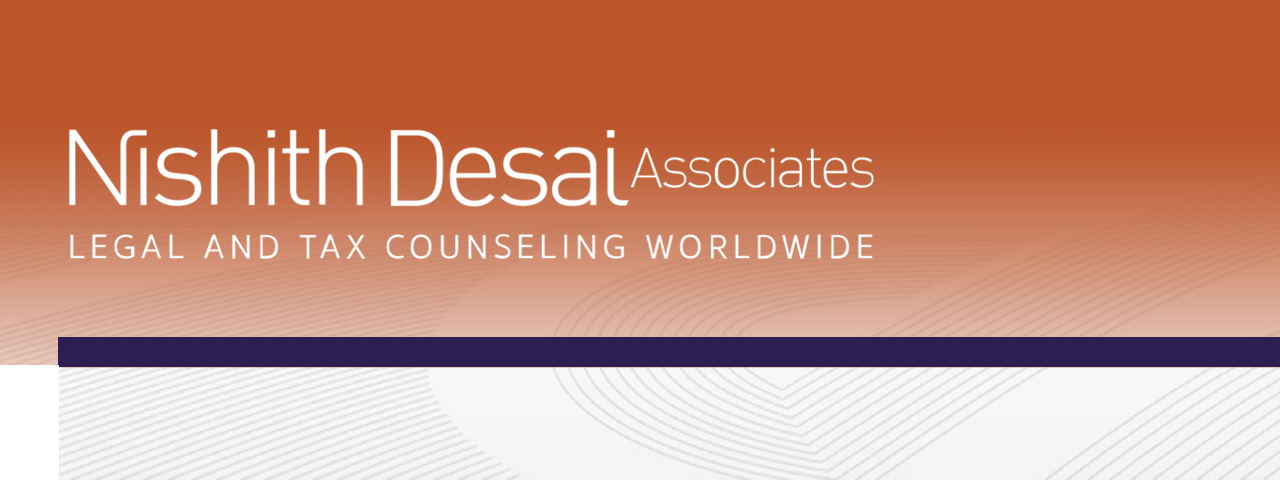|
|
|


Discovering the Dynamics of Decision-Making by the Board of Directors
In the context of good governance, the boardroom stands as the epicentre of decision-making for an organization. A company’s board of directors (“the Board”), typically composed of a diverse group of individuals with varying backgrounds and expertise, collectively steers the ship, making critical choices that can shape the destiny of the company. Too often we see Boards merely rubber stamping the decisions brought to them by management. However, the decisions made at board meetings have far-reaching consequences, and therefore, the process by which these decisions are made and the impact of liability amongst directors are of paramount importance. We delve into the intricacies of how decisions are collectively made at the board level and shed light on the dynamics that drive these crucial processes.
The Composition of the Board:
Before diving into the decision-making process, it’s essential to understand the cast of characters within the boardroom. A typical board of directors comprises a mix of executive and non-executive directors. Executive directors often include promoters, founders, CEO and other top executives, while non-executive director members are independent directors or nominee representatives of the investors with no direct affiliation to the company. This blend of perspectives ensures a well-rounded approach to decision-making. Section 149 of the Companies Act, 2013 (“the Act”) deals with the appointment of directors and specifies the maximum number of directors a company can have. It also discusses the requirement for at least one-third of the directors to be independent directors in the case of certain companies. There are various other provisions under the Act that governs the requirement to appoint nominee directors, women directors, independent directors etc. Separately, the Securities and Exchange Board of India (Listing Obligations and Disclosure Requirements) Regulations, 2015 (“LODR Regulations”) provide guidelines for the composition of the board of directors for listed entities in India.
The Decision-Making Process:
During the board meetings, board members engage in open discussions and debates, where they share their insights, concerns, and viewpoints. It’s not uncommon for spirited conversations to occur as directors weigh the pros and cons of various choices. The degree of cooperation required among board members varies based on the nature of decisions; while some decisions necessitate a majority vote, others rely on affirmative votes, and certain matters can be entrusted to different committees of the board. Section 166 of the Act establishes uniform fiduciary duties for all directors as a collective entity. In the Rolta judgment1, the Bombay High Court held that every director’s fiduciary duty towards the company attains primacy. Thus, any director serving on the Board is bound by a fiduciary duty to act exclusively in the company’s best interests.
The board decisions can be broadly categorized into four distinct areas. Firstly, there are Human Resources-related decisions pertaining to crucial matters like the selection of board members and key managerial employees, compensation packages and succession planning. Secondly, financial decisions occupy a significant space on the board’s agenda, encompassing considerations related to capital budgeting, financial reporting and disclosures, capital structuring and other financial policies formulation etc. Thirdly, boards often deliberate on strategic matters, including decisions regarding business strategies, potential mergers and acquisitions activities, corporate strategy such as mission, vision and purpose of the organization etc. Lastly, governance-related decisions are integral, focusing on aspects like organizational structure, ESG initiatives, CSR initiatives, corporate governance, statutory and regulatory requirements and the formulation of decision-making protocols.
In the weeks leading up to a board meeting, board members receive extensive documents and reports relevant to the topics at hand. They typically rely on their management teams including the company secretary to conduct detailed analyses and present unbiased recommendations, the board members actively engage by posing probing questions and assisting management teams in generating alternative solutions.
Decisions are guided by the company’s long-term strategy. Board members consider how a proposed course of action aligns with the organization’s mission, vision, and objectives. This alignment ensures that decisions contribute to the company’s overall success. Norms for making decisions evolve over time, much like the development of common law, by integrating insights gained from past experiences.
The Formal way of conducting Board Meetings:
The fundamental principles with respect to Board Meetings are laid down in the Act. Secretarial Standards 1 (SS-1) issued by the Institute of Company Secretaries of India (ICSI) and approved by the Central Government of India facilitates compliance with these principles by endeavouring to provide further clarity where there is ambiguity and establishing benchmark standards to harmonise prevalent diverse practices.
The company secretary or the authorized director sends a notice of the board meeting to all directors in accordance with the notice period specified in the Act and /or the charter documents. The notice typically includes the date, time, place of the meeting and options for directors to attend electronically, along with a detailed agenda that outlines the items to be discussed and other relevant documents. Sometimes the board also invites key employees, officers, advisers, or external professionals to participate in the meeting.
Once the chairman of the meeting confirms whether the quorum for the said meeting is present, the board discusses each agenda item in the order specified in the agenda. The directors present in the meeting share their views, opinions, and arguments related to each item. Decisions are typically made through resolutions. Different types of resolutions may be passed, some by simple majority, some by affirmative votes by few directors and some with consent of all directors.
The result of the vote is recorded in the minutes, specifying the number of votes in favor, against, and any abstentions. A company secretary or authorized director records the minutes of the meeting. Minutes generally captures the discussions, deliberations, decisions and the rationale behind decisions resulting into the resolutions passed by the board and the voting results for each agenda item. The minutes also include any conflicts of interest disclosed by directors. If any director has dissented for any agenda item, the same is also recorded in the minutes along with the reason for such dissent. The chairman of the meeting can choose not to include in the minutes anything he believes is defamatory of any person, irrelevant or immaterial to the proceedings or which are detrimental to the interests of the company.
The decision-making process at the board level emphasizes transparency and accountability. Board members are accountable to shareholders and must act in their best interests. To maintain transparency, companies often disclose major decisions and board resolutions to shareholders and the public through regulatory filings / reports.
Conclusion:
Every board will encounter decision-making challenges. However, with some proactive measures, the board can make optimal decisions for the cooperative without causing any issues. A unified board, functioning as a team, can effectively manage tough decisions and conflicts. By incorporating effective team-building practices into every board meeting, the board of directors can collaborate seamlessly and foster a prosperous company.
Further, the board of directors is the cornerstone of good governance, entrusted with making decisions that impact the company’s direction, growth, and stability. Through careful preparation, robust discussion, and a commitment to transparency and accountability, board members collectively steer their companies toward success. The art of collective decision-making within the boardroom is a complex yet essential facet of good governance. As we have explored the dynamics that shape these decisions, we see that it’s not just about making choices but fostering collaboration, embracing diverse perspectives, and upholding transparency. In an era where the stakes are higher than ever, understanding these dynamics becomes paramount for boards aiming to navigate the ever-evolving landscape of business and continue to drive success.
1Rolta India Limited v. Venire Industries, 2000 (2) Bom CR 241
Disclaimer
The contents of this hotline should not be construed as legal opinion. View detailed disclaimer.
Research Papers
Compendium of Research Papers
Clinical Trials and Biomedical Research in India
Cybersecurity Law and Policy |
NDA Hotline |
Video |



